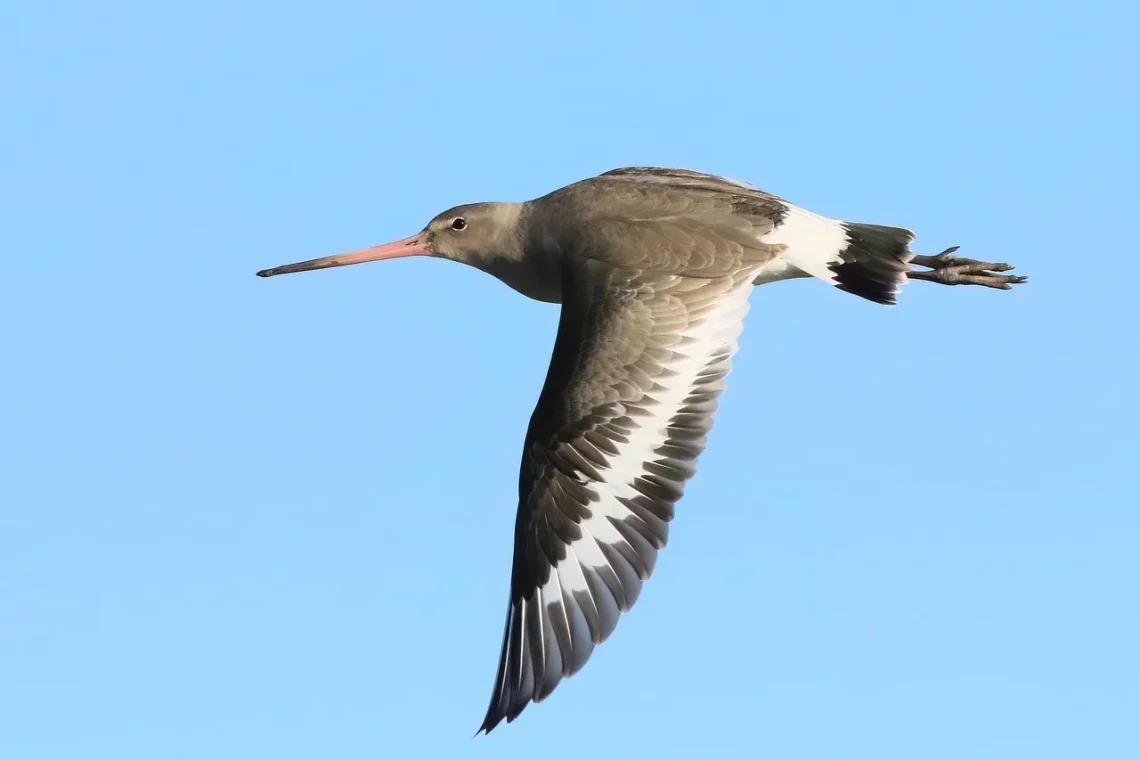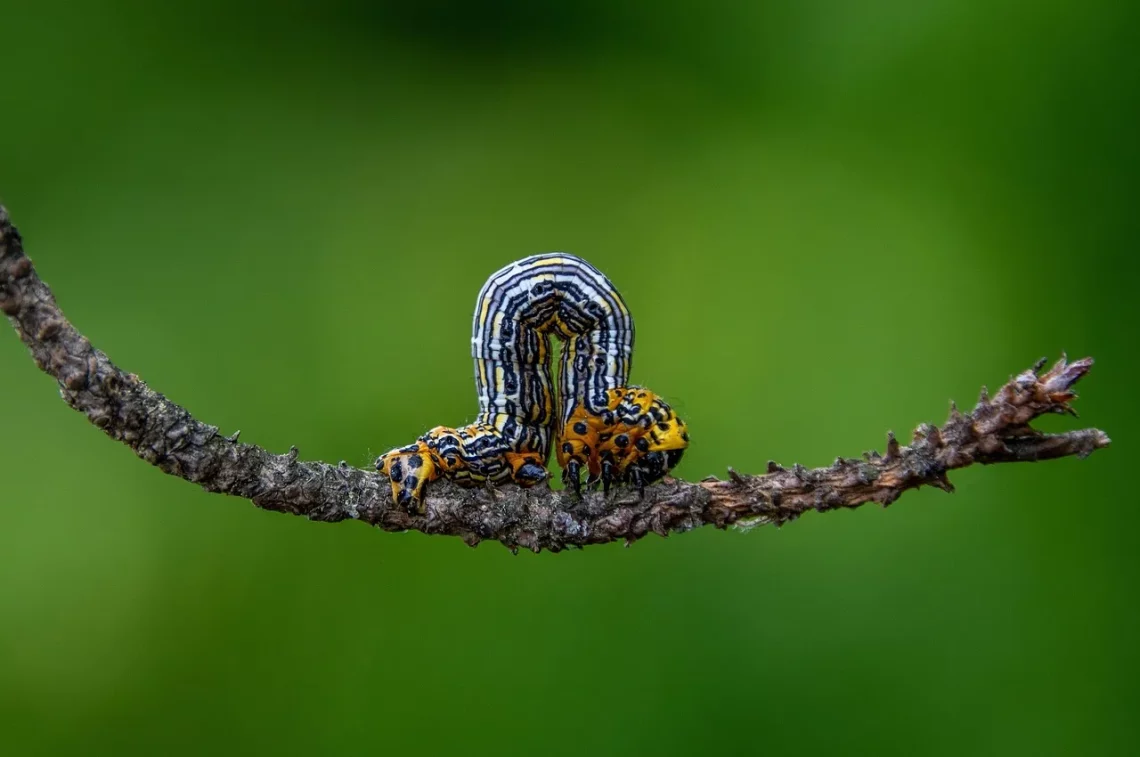-
Understanding the Unique Features of the Bird Digestive Tract
The avian digestive system is a remarkable example of evolutionary adaptation, tailored to meet the unique needs of birds as they navigate their environments. Unlike mammals, birds have developed specialized structures and mechanisms that facilitate efficient digestion and nutrient absorption, essential for their survival and energy needs. The bird digestive tract is not only shorter than that of many mammals, but it also features compartments that allow for the processing and breakdown of food in ways that optimize nutrient extraction. Birds are primarily adapted to a diet that can range from seeds and fruits to insects and even small vertebrates. This dietary diversity has led to a variety of digestive…
-
Exploring the Unique Features of the Bird Digestive Tract
Birds are among the most fascinating creatures in the animal kingdom, not only for their ability to soar through the skies but also for their complex biological systems. One of the most intriguing aspects of avian biology is their digestive system, which has evolved to meet the unique dietary needs of various bird species. Unlike mammals, birds possess specialized structures and processes that enable them to efficiently digest food, extract nutrients, and eliminate waste. The design and functionality of the bird digestive tract reflect a remarkable adaptation to their lifestyles, feeding habits, and ecological niches. Understanding how birds process food provides valuable insights into their behavior, ecology, and evolution. The…
-
Understanding the Unique Features of the Caterpillar Nose
Understanding the Unique Features of the Caterpillar Nose Caterpillars, the larval stage of moths and butterflies, are fascinating creatures that often evoke curiosity in both children and adults alike. Their transformations into beautiful butterflies or moths are remarkable, but it’s not just their metamorphosis that captures our attention. One of the most intriguing features of these insects is their nose, or more accurately, their head structure, which serves several essential functions in their survival and development. The anatomy of caterpillars is uniquely adapted to their lifestyle, which primarily revolves around feeding and growth. Unlike adult butterflies and moths, caterpillars have specific adaptations that support their role as herbivores. These adaptations…
-
The Fascinating World of Caterpillar Paws and Their Unique Functions
The world of caterpillars is a realm filled with intrigue, showcasing a variety of adaptations that allow these fascinating creatures to thrive in their environments. As the larval stage of butterflies and moths, caterpillars are often overlooked in the grand scheme of the insect world, yet they play a crucial role in the ecosystem. These soft-bodied creatures may not seem particularly fearsome, but they possess a plethora of unique features that aid in their survival. Among these features, the structure and function of their “paws” stand out as particularly interesting. Caterpillars, equipped with multiple pairs of legs, exhibit a remarkable range of behaviors and adaptations. Their legs are not just…















